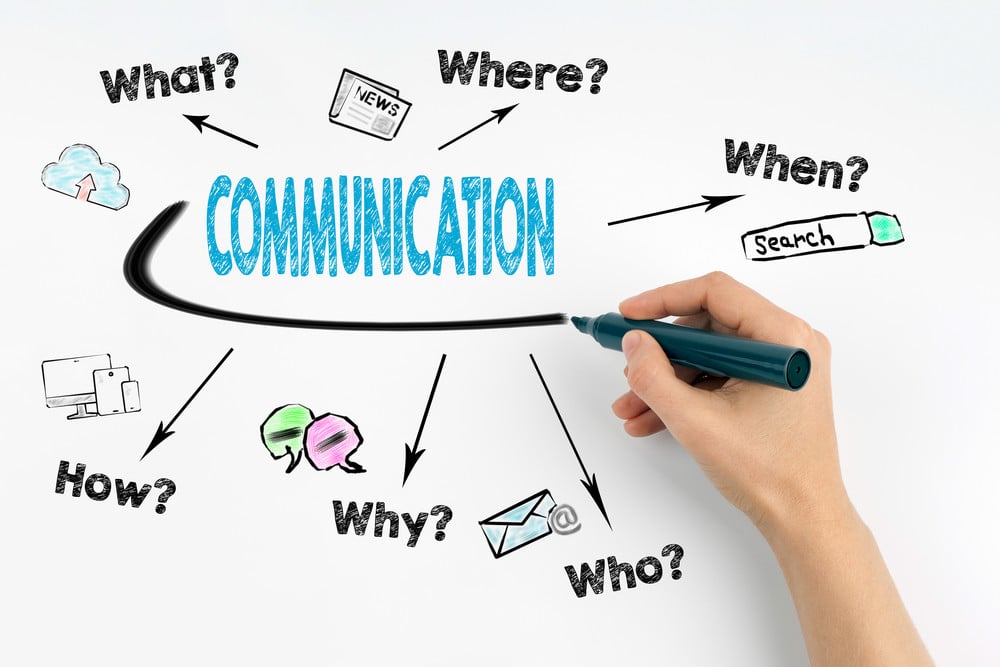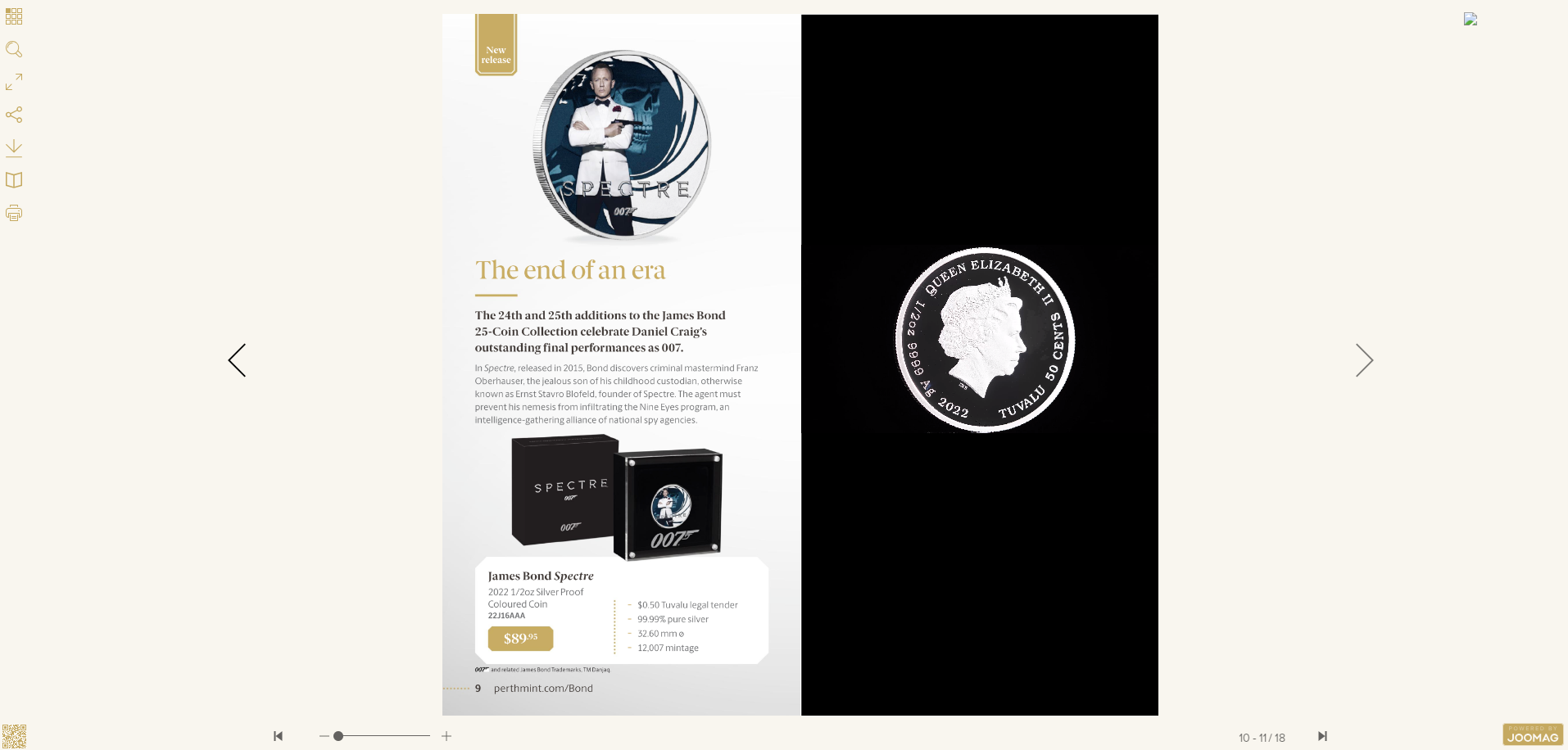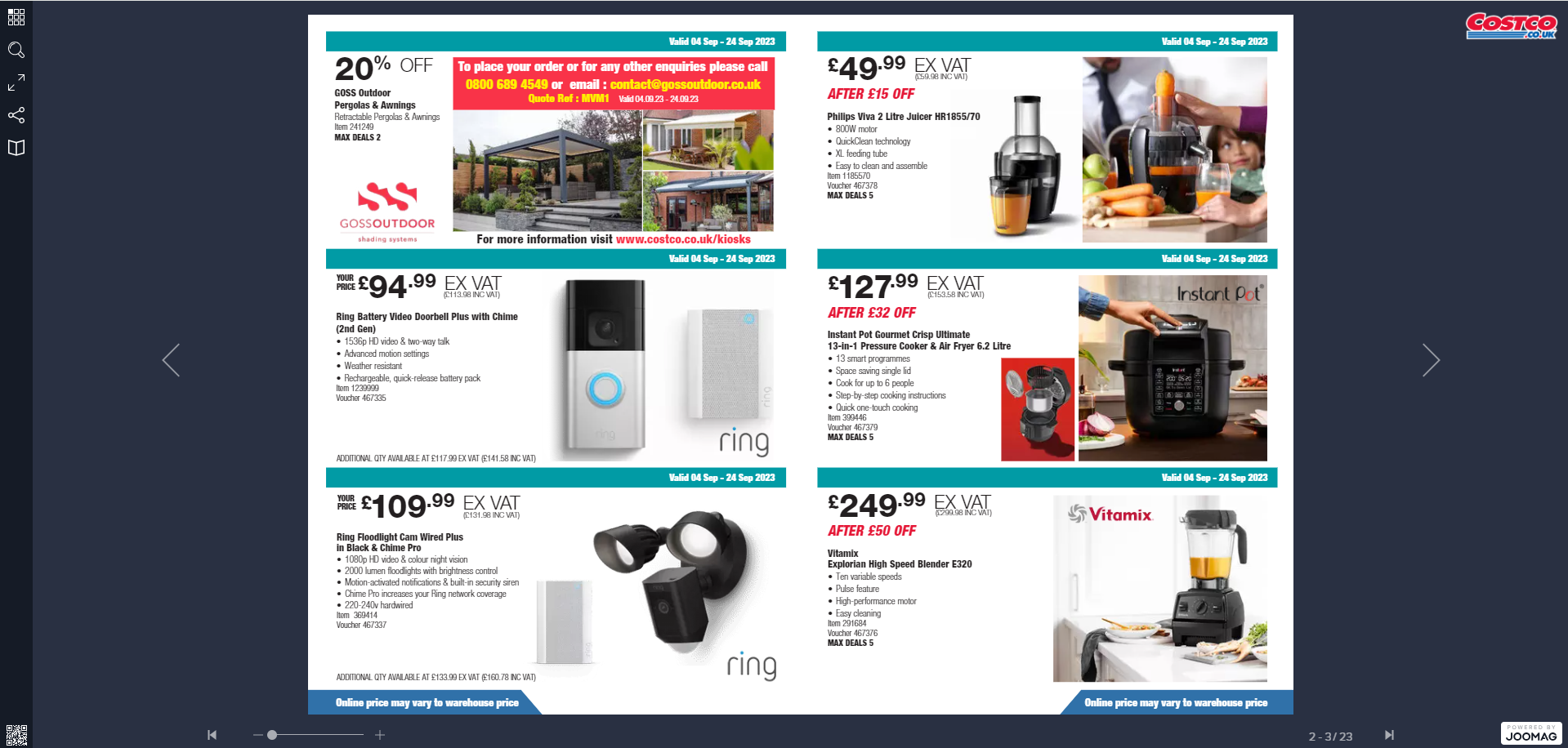
Loyalty matters when it comes to your customers, employees, and business. 33% of customers say they’ll consider switching services after a bad brand experience. And that percentage can double after two or three consecutive ones.

People are ready to jump ship. But why? The obvious culprit is poor marketing communications; however, it’s not the only one. “When companies fail to achieve growth targets,” says Workday, “90 percent of the time the root causes are internal—not external.” That’s right: Lackluster corporate communications can also cost you customers.
Beezy’s 2021 Digital Workplace Report found that 41% of employees are completely overwhelmed by the number of communication tools and technologies they’re required to use in the workplace. More than half (55%) have a hard time finding and sharing organizational knowledge. If employees can’t even figure out what’s going on, how can customers?


The fact of the matter is that, as a business, you should be able to clearly explain company policies to anyone you work with. Customers and clients want their questions answered. Employees and investors want their voices heard. Good communication, both external and internal, can bridge the gap between the two and ensure your company delivers on its brand promise.
In this guide, we’ll go over what corporate and marketing communication is, the key differences between the two, and important trends to look out for in 2023.
What is Corporate communication?
Corporate communications is the practice of developing, executing, and managing communications with internal and external audiences. Any message a business delivers to its audience, including the media and/or the public, is considered a form of corporate communication. Its goal is twofold: (1) to formulate a company’s mission cohesively and (2) to communicate that message to the public. Companies and stakeholders, for example, rely on each other to keep day-to-day processes moving forward. That’s why good communication between the two is so important.
As mentioned in our previous blog post, corporate communications is inherently cross-functional and involves employees from every level. Its primary responsibility is to shape and maintain a company’s reputation by overseeing communication strategy, branding initiatives, internal/employee communications, organizational identity, responsibility, reputation, crisis communications, investor relations, and public relations.
What is Marketing Communication?
Marketing communications refers to the various communication strategies companies use to reach their target markets. Holistically, it’s all the messages and media you use to communicate with your audience. The message you're sending, the means through which you send it, and the people you want the message to reach all comprise marketing communications.
The primary goal here is to reach a clearly defined audience and influence its purchasing behavior. To do so, businesses must continuously inform and persuade prospective customers by building awareness and encouraging customer trials. The secondary objective is to create and maintain relationships with customers, prospects, and other external audiences. It’s an incredibly effective way to retain customers and shape their behavior.
How Does Corporate Communication Differ From Marketing Communication?
The audience you’re reaching out to is a key distinguishing factor between the two. “Corporate communications are structured to convey the attitudes, beliefs and goals of an organization or company as an institution,” says Chron, “while marketing messages are meant to inform the consuming public of a good or service. Where corporate communication is intended to represent the uniform opinions, strategies and motivations of a singular corporate entity, marketing communications are designed uniquely to influence consumers to purchase the goods and services that the corporate entity produces.”
The takeaway: Corporate communications applies more so to internal audiences (investors, stockholders, employees, etc.) while marketing communications applies to external ones (consumers and the general public).
Business Communications Trends Worth Following in 2024
1. The rise of social proof and the brand advocate
Once upon a time, simple ads riddled with misleading product claims were enough to convince customers to buy. But with a variety of technologies at their disposal today, consumers are turning into bonafide truth detectives. And if you’re in the business of telling the truth, they’ll happily advocate for you.
Companies aren’t bragging anymore. Instead, they’re letting happy customers do it for them by leveraging the power of social proof. 90% of people trust peer recommendations over advertising. That’s been known since 2012. Next year, more businesses will use testimonials to create persuasive, compelling narratives and turn customers into brand advocates on social media, internet forums, and blogs.
2. Fewer emails, more online meetings at work
Everybody loves email, right? It’s fast, it’s convenient, and (best of all) it’s free.
But a recent report published in the Journal of Experimental Social Psychology suggests that the almighty email isn’t nearly as powerful as we think it is. Instead, it suggests that face-to-face interactions are actually 34x more successful.
That’s where things get a bit complicated. With Covid-19 redefining the very concept of face-to-face meetings, video conferencing services like Zoom are now considered the new normal. Accordingly, emails won’t get the job done in large-scale team meetings. Hiding behind them won’t build effective working relationships with clients or coworkers either. In 2023, businesses will instead make face-to-face/video communication even more of a priority.
3. The increasing need for analytics and content performance tracking
Analytics are more important than ever. Businesses need to know how their marketing and corporate communications initiatives are performing on a fundamental level. An increasingly popular way to do so is by partnering with a trusted digital publishing solutions provider.
These solutions enable companies to create highly engaging digital assets for any communication purpose. Content can then be shared with audiences instantly and tracked in numerous ways for improvement.
Analytics are the tools businesses need to make smart, data-driven decisions. They can also mitigate risk by letting you know what is and isn’t working.
Examples of Corporate and Marketing Communications
Still can’t tell one from the other? Don’t fret. We’ve included examples of both below. Take a look.
The contents of the following two publications are geared towards employees and stakeholders (instead of customers or the general public). The information spotlights company policies and procedures, investor relations, quarterly updates, and other important internal processes. Accordingly, these are examples of corporate communications.
FAQ
Q1: What differentiates corporate communications from marketing communications?
A1: Corporate communications focus on conveying a company's missions and values to both internal and external audiences, whereas marketing communications aim to influence the purchasing behavior of a defined target market.


















